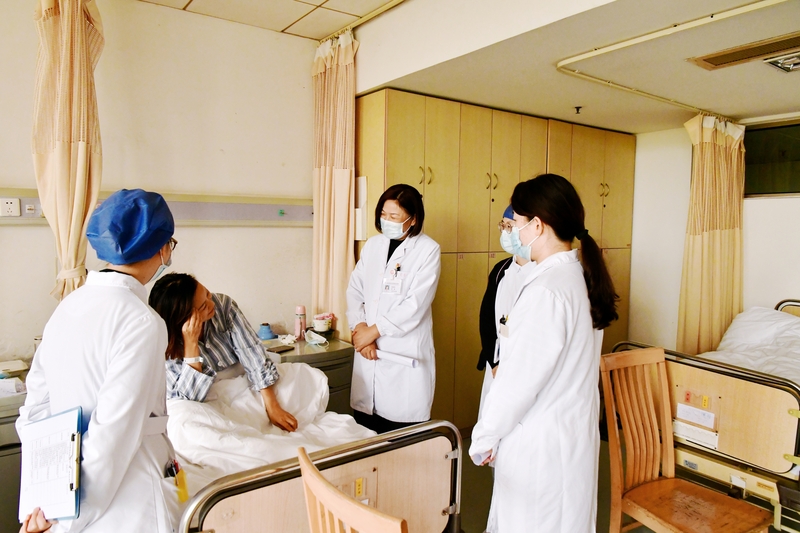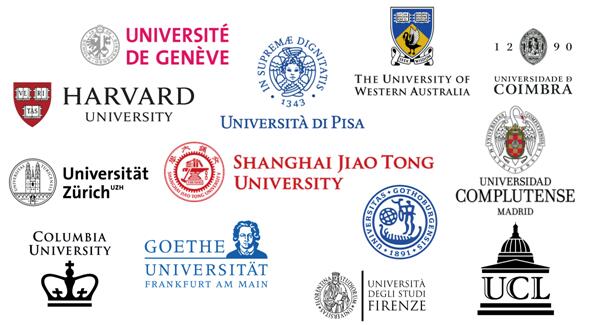Let healthcare professionals understand "storytelling" medicine: Shanghai Medical Ethics Society Narrative Medicine Branch Established Mother | Patient | Medicine
"Relying solely on scientific medicine cannot help patients fight against the loss of health and find the meaning of disease and death."
In 2001, Rita Karen, a professor of internal medicine at Columbia University, proposed the concept of "narrative medicine", adding a humanistic touch to medical science that emphasizes professionalism. Narrative techniques such as patient storytelling and doctor listening can bring each other closer psychologically. Only when doctors understand the patient's experience to a certain extent can medical care be carried out with humility, trust, and respect. Recently, the Narrative Medicine Branch of the Shanghai Medical Ethics Society was officially established, and appointment letters were issued to honorary chairman Chen Dezhi and chairman Zhang Yanhua of the Narrative Medicine Branch.
Yang Fang, President of Shanghai Medical Ethics Society, Yu Ying and Hu Yiqun, Vice Presidents, Fang Binghua, First level Inspector of Shanghai Health Commission and Vice President of Shanghai Medical Ethics Society, Shao Weidong, President of Narrative Medicine Magazine, and Dai Huili, Vice President of Renji Hospital and Director of Jiading District Central Hospital attended.

The concept of "narrative medicine" has been introduced to China for 12 years, and this medical practice with narrative ability is also known as the ability to absorb, explain, and be moved by the stories of diseases. It is not only a science but also a humanistic medicine. Through narrative methods, medical humanities can be internalized into professional personality and become an effective tool for medical humanities to take root.
Zhang Yanhua, the chairman of the branch and former party secretary of Renji Hospital Jiading Branch, admitted that in the past, many medical staff focused on diseases rather than patients, and there were no specialized courses on how to communicate with patients in the medical education stage. But in fact, the concepts of "looking, smelling, asking, and cutting" in traditional Chinese medicine also have the connotation of narrative medicine. Later on, everyone gradually learned norms such as informed disclosure and etiquette training in their work, but why did the doctor-patient relationship sometimes not improve? Because it still did not touch the patient's heart. For the same disease, patients have different demands, thoughts, fears, and worries. By paying attention to their negative emotions and using scientific methods and psychological adjustment, we can help them recover better.
To this end, Jiading District Central Hospital has taken the lead in establishing an ethics committee and a narrative medicine promotion committee. Since 2018, through the narrative ethics ward round model, it has collaborated with medical staff, medical social workers, psychological counselors, and other departments to understand the privacy protection awareness and doctor-patient communication of medical staff through early shift handover and ward rounds; Through medical history examination, check whether special examinations, notifications from critically ill patients, etc. are recorded in a timely and complete manner; Through interviews with patients and their families, understand the service attitude, professional ethics, and timely notification of medical staff, as well as whether the content of the notification can be understood by patients. At the same time, attention should also be paid to the behavioral norms and sense of professional identity and honor of medical staff in daily medical activities such as diagnosis, treatment, and nursing.

In the oncology ward, facing young cancer patients who are about to reach the end of their lives and their mothers who are unwilling to let go, the doctor perceives the patient's physical pain and inner torment, and pays attention to the patient's mother's reluctance, helplessness, and helplessness. Through a narrative with the patient's mother, the doctor listens to the mother's recollection of her daughter's three years of medical experience and its difficulties, guiding the patient's mother to understand that life is a journey with an end. What kind of endpoint does she hope her daughter will have? The mother finally knows that it is time to let go and chooses to understand and fulfill her wishes in the final stage of her daughter's life. Faced with the criticism of the "bad temper" patient, the newly hired nurse chooses to listen carefully, and treats the patient with daily enthusiasm and care. In the end, she gains the patient's recognition and receives the patient's banner. From individual narratives to collective narratives, the daily respect and care of patients by medical staff in small details ultimately turn into patient feedback that moistens everything silently.
Zhang Yanhua said that in each room check, everyone will come up with two cases for discussion. "The narrative of medical staff has their own perspective, and the audience will also have various interpretations, providing energy for the next doctor-patient communication in the review." More importantly, medical staff themselves have gained a sense of professional value from it, eliminated occupational burnout, and can view family, parent-child and other relationships more peacefully and harmoniously.
"Whenever I don't know what to say, a body language or a hug conveys a message: although I don't know how to respond at the moment, I'm listening." As Wang Chunping, a nurse in the Six Disease Area, once mentioned, "imperfect narrative nursing," not every healthcare worker can speak well and understand expression. Can narrative medicine still be promoted at this time? Zhang Yanhua said that having this kind of heart is the most important. "First, establish communication at the relational level, and then communication at the content level. Knowing narrative medicine only takes 30 minutes, but learning it takes 3 days, and doing it well takes 3 years."





